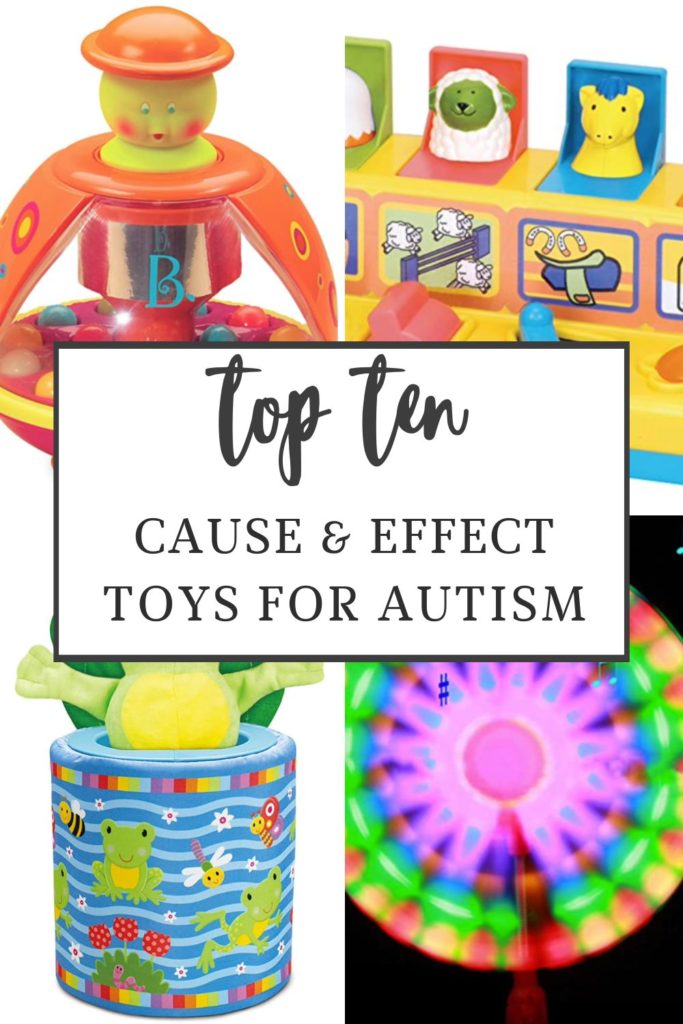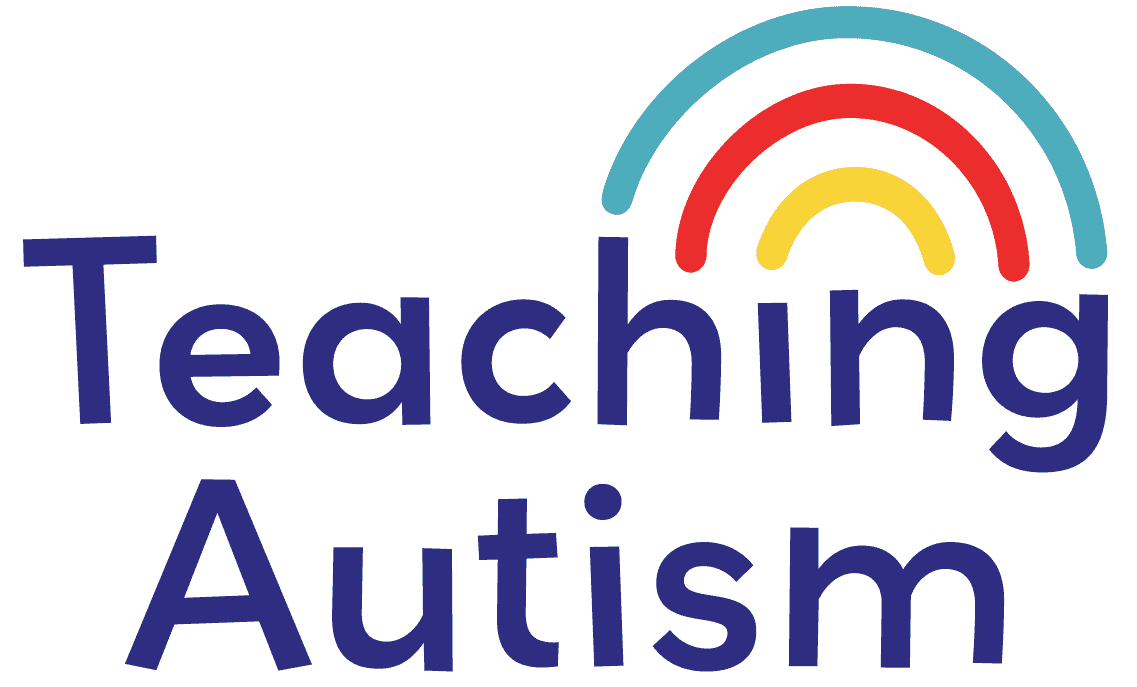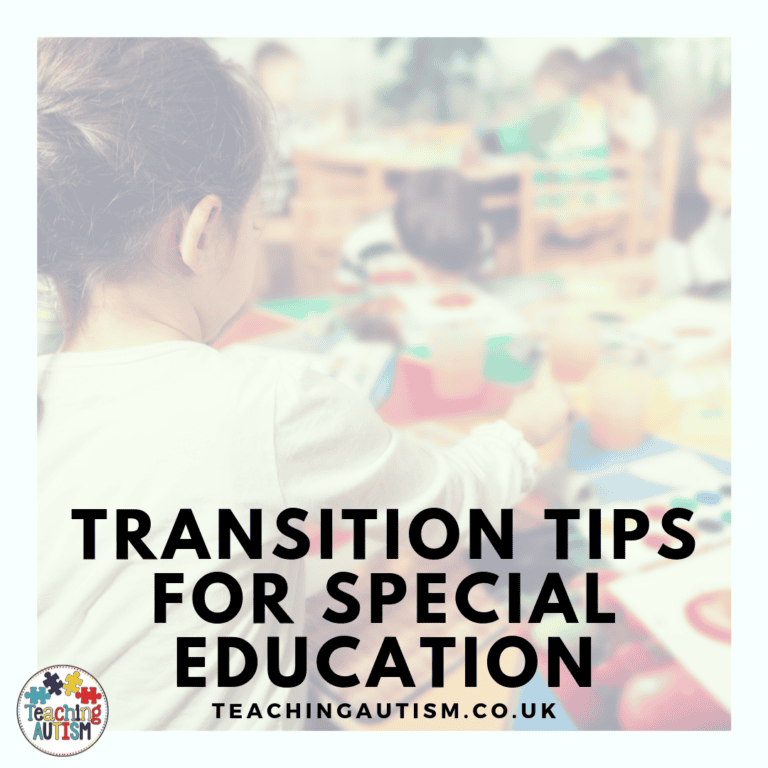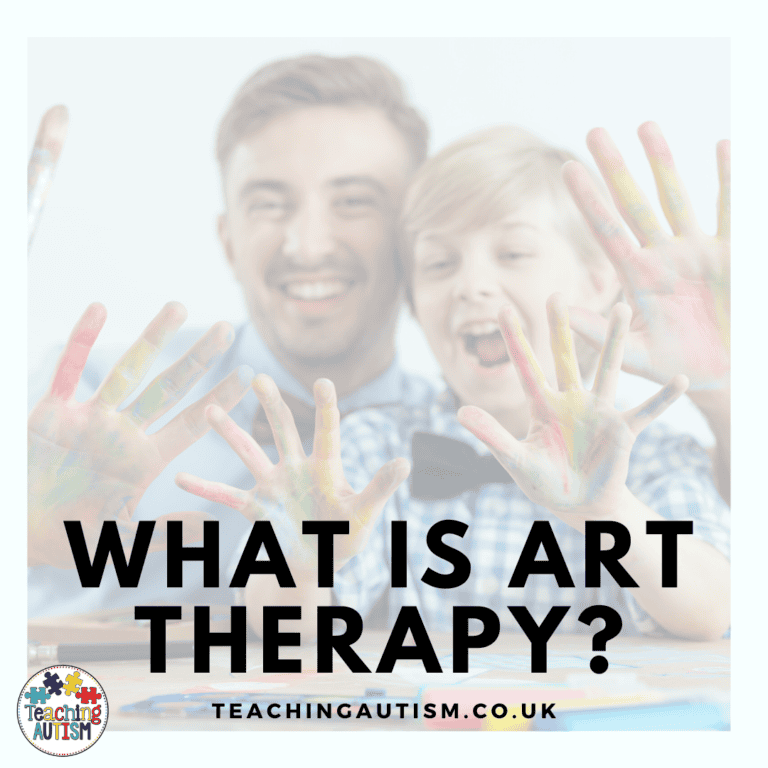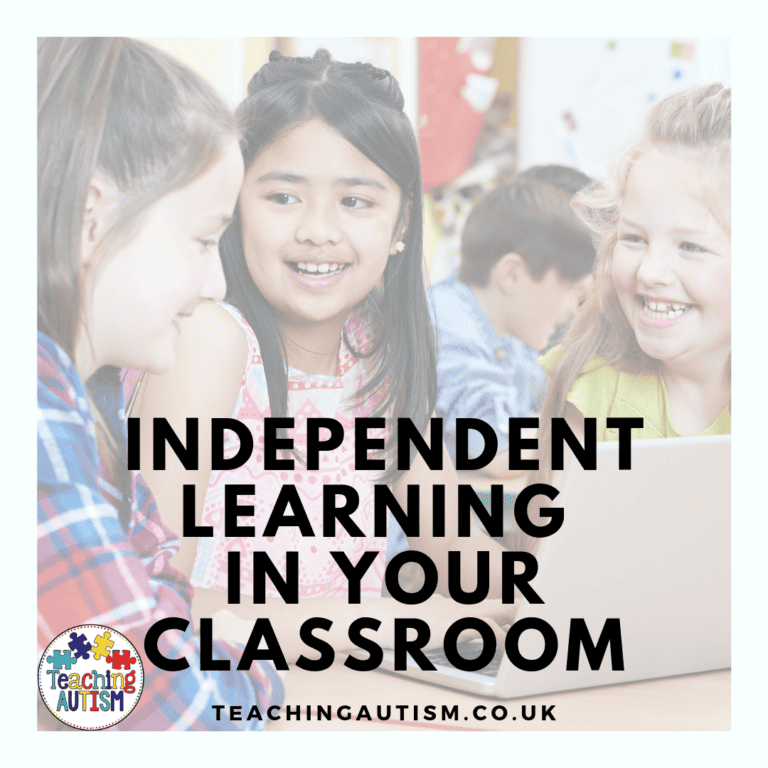Top 10 Cause and Effect Toys for Autism
Today I am sharing my top 10 cause and effect toys. These toys are always the most popular ones that I’ve used with my autistic students. And honestly there are just so many great ones out there, full of learning possibilities. And that means it can get very overwhelming when you’re trying to work out which ones to try with your students. So, I’m going to make it a little easier for you and narrow down to my top 10.
What Are Cause and Effect Toys?
Cause and effect toys are items where an action creates something to happen with that toy. One example of this can be something as simple as a rattle making a noise when you shake it.
Cause and effect toys are essential tools in early childhood education, especially for our students. These toys not only entertain but also play a crucial role in cognitive and motor skill development. In this blog post today I am going to share my 10 favorite cause and effect toys.. But also the benefits of these toys.
Why Use Cause and Effect Toys?
There are so many reasons to use cause and effect toys. Some of these include;
- They’re naturally engaging for students.
- Help to develop curiosity.
- Cause and effect toys generally hold students attention for longer periods of time.
- Perfect for intentional play.
- Provides opportunities for students to look at the consequences of an action; what happens when tehy do something?
- Developing hand-eye coordination.
- Great for students who enjoy repetitive actions.
- Many are also great for sensory exploration.
- Opens up an opportunity for you to engage in play with the student.
My Top 10 Cause and Effect Toys
These are just my top 10 – they are not in any specific order of preference.
I have also included Amazon links below if you wish to purchase these items direct. Links may be affiliate links, meaning I may earn a % commission if you decide to purchase the toy through my link – at no extra cost to yourself. This is not a sponsored post or ad. These recommendations are all my own from personal experience using them with my students.
1. Push and Pop Toy
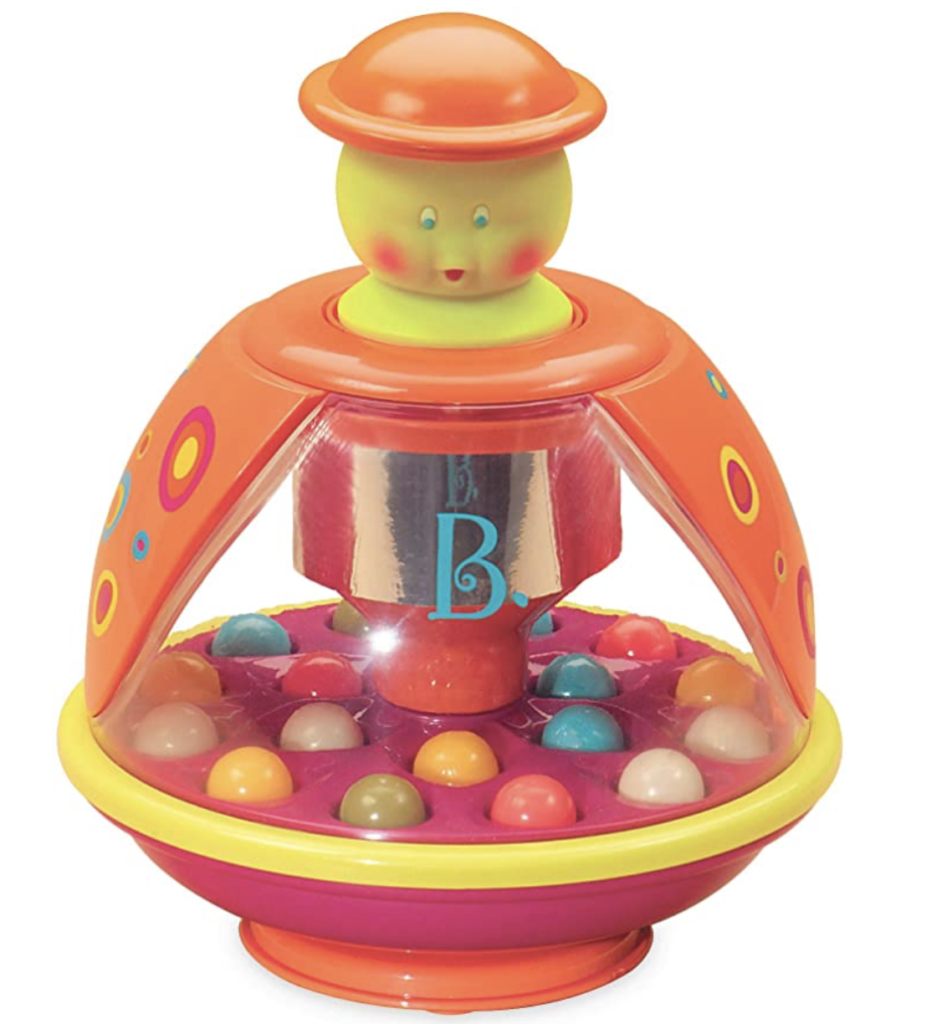
With this, students need to push the head down and then all the balls inside of the toy start to pop around.
2. Pop Up Pals
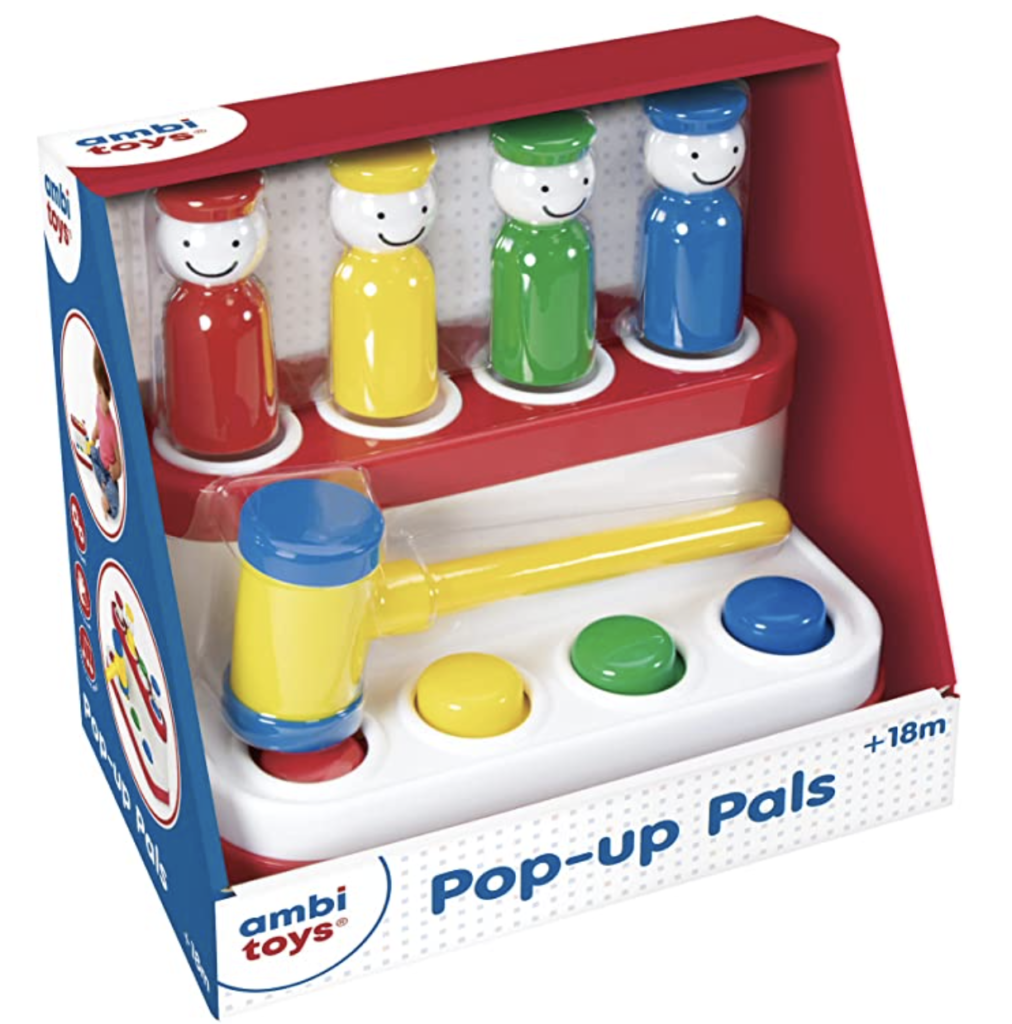
Students use the included hammer (if they wish – otherwise they can use their hands) to hit the buttons on the bottom of the toy. Once they hit them, the pals will pop up on the top of the toy.
3. Spinning Teddies
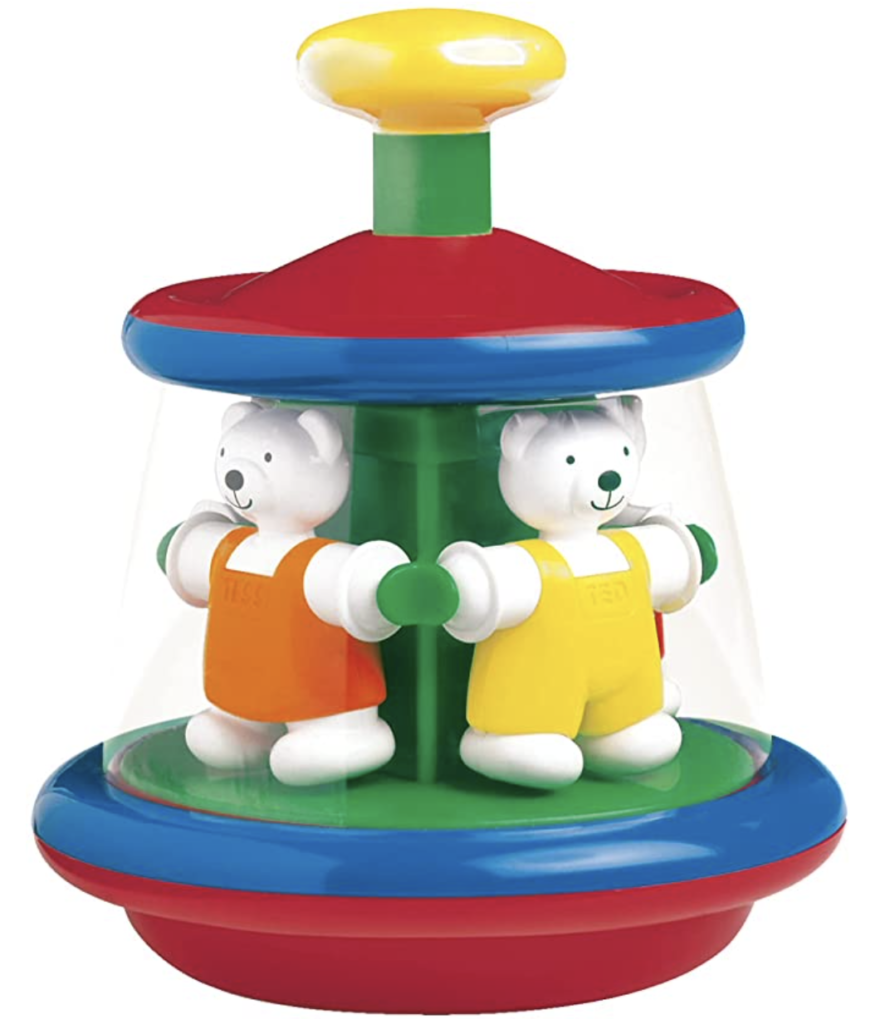
Students push down on the button at the top of the toy and watch the teddies spin around inside. This is always a very popular one with my students.
4. Pop Up Farm Animals
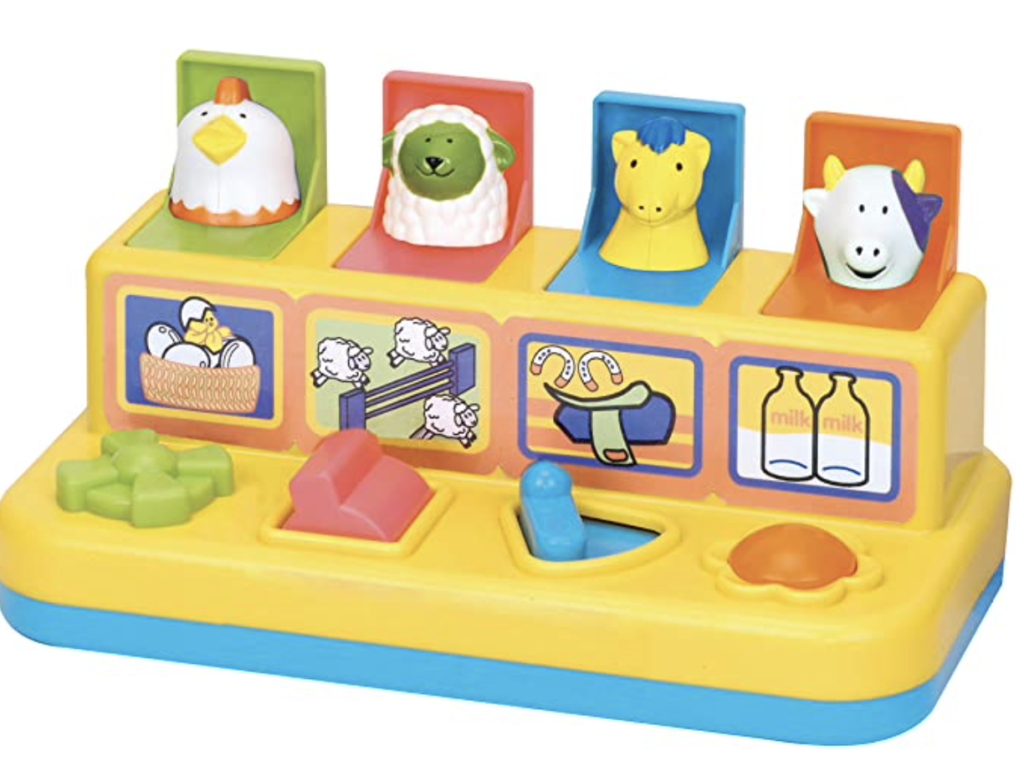
This is another great cause and effect toy in the sense that it also has students working on their fine motor skills. Students need to use the buttons in different ways to get the farm animals to pop up.
5. Melissa and Doug Vehicle Sound Blocks
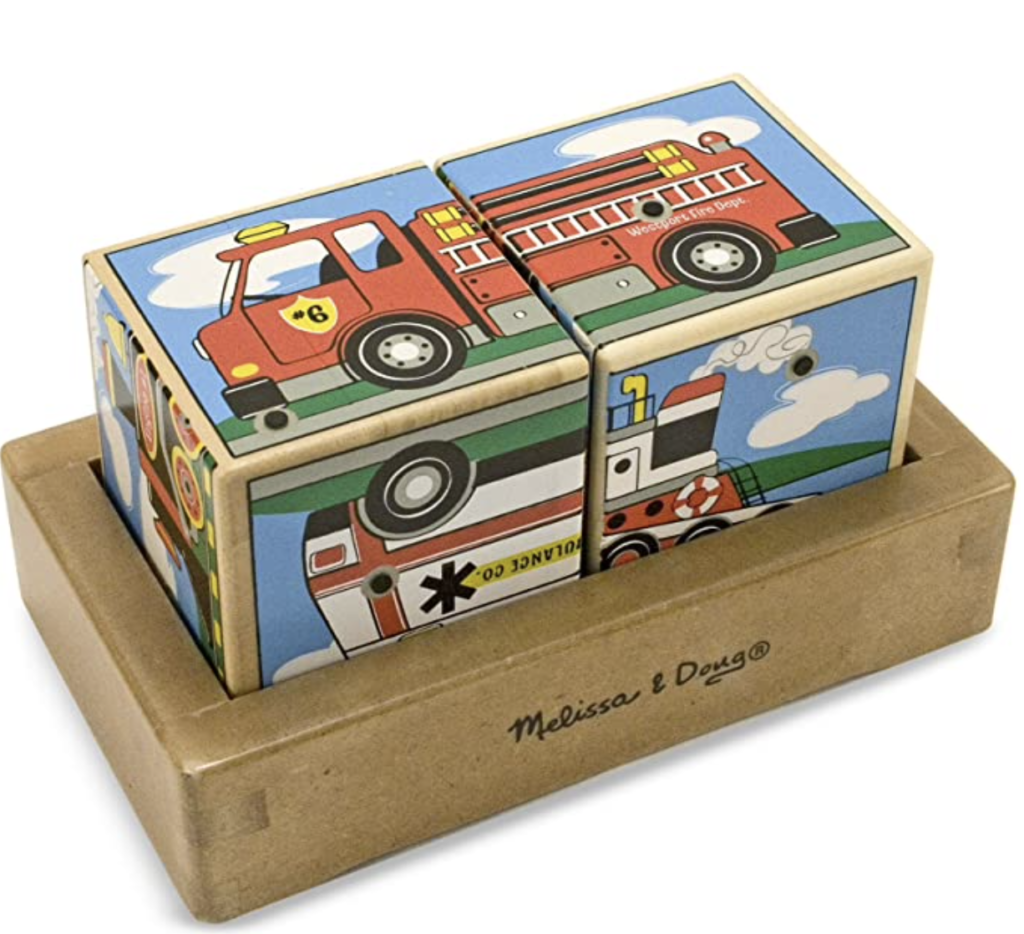
Melissa and Doug toys never disappoint. And this is another great one to add to your collection. Students need to match the blocks together to make the picture in order to active the matching sound.
6. Frog in a Box
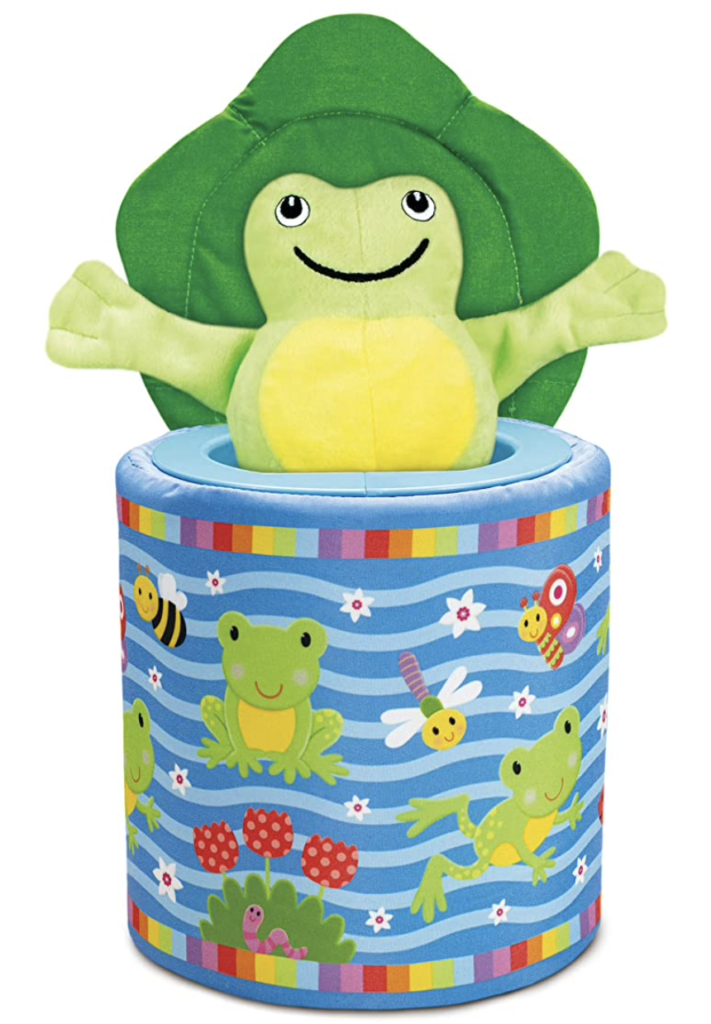
This is pretty much like Jack in the Box – just with a frog! Students lift the lid and the frog hops right out. I love this one mainly because I can throw the frog into the washing machine as needed too!
7. Sound Puzzles
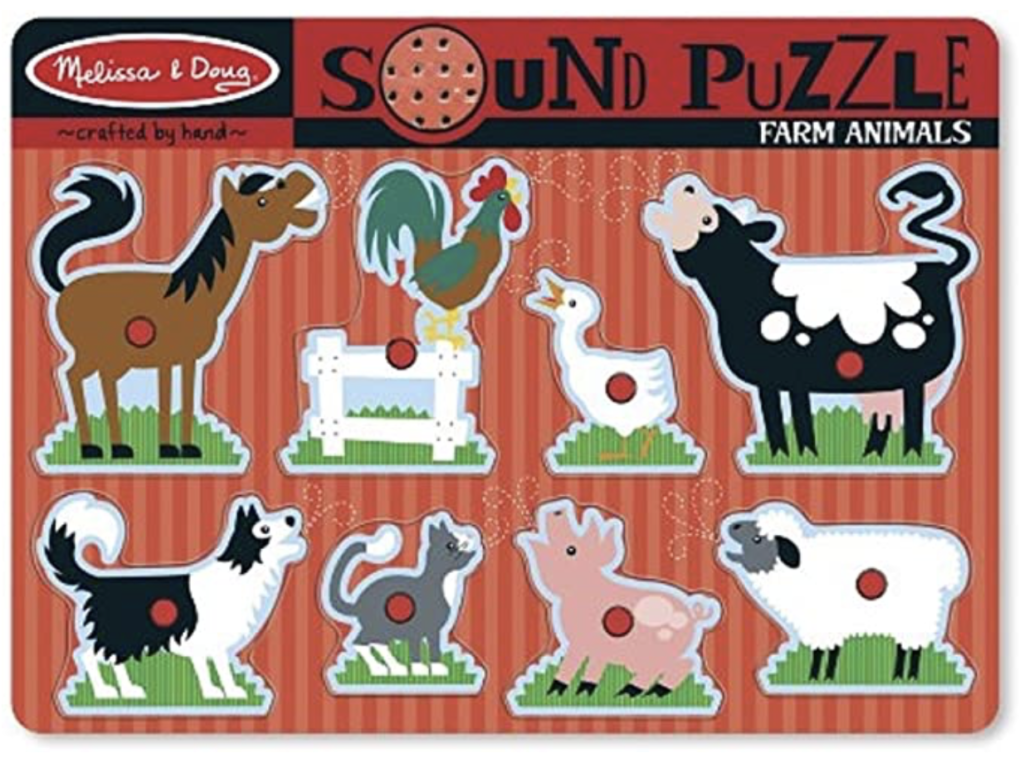
There are lots of different sound puzzles around now. I personally love this one from Melissa and Doug – mainly because I do a farm theme each year and this one fits in perfectly with that! When students place the pieces into the puzzle, it plays the matching farm animal noise!
8. Popper Toys
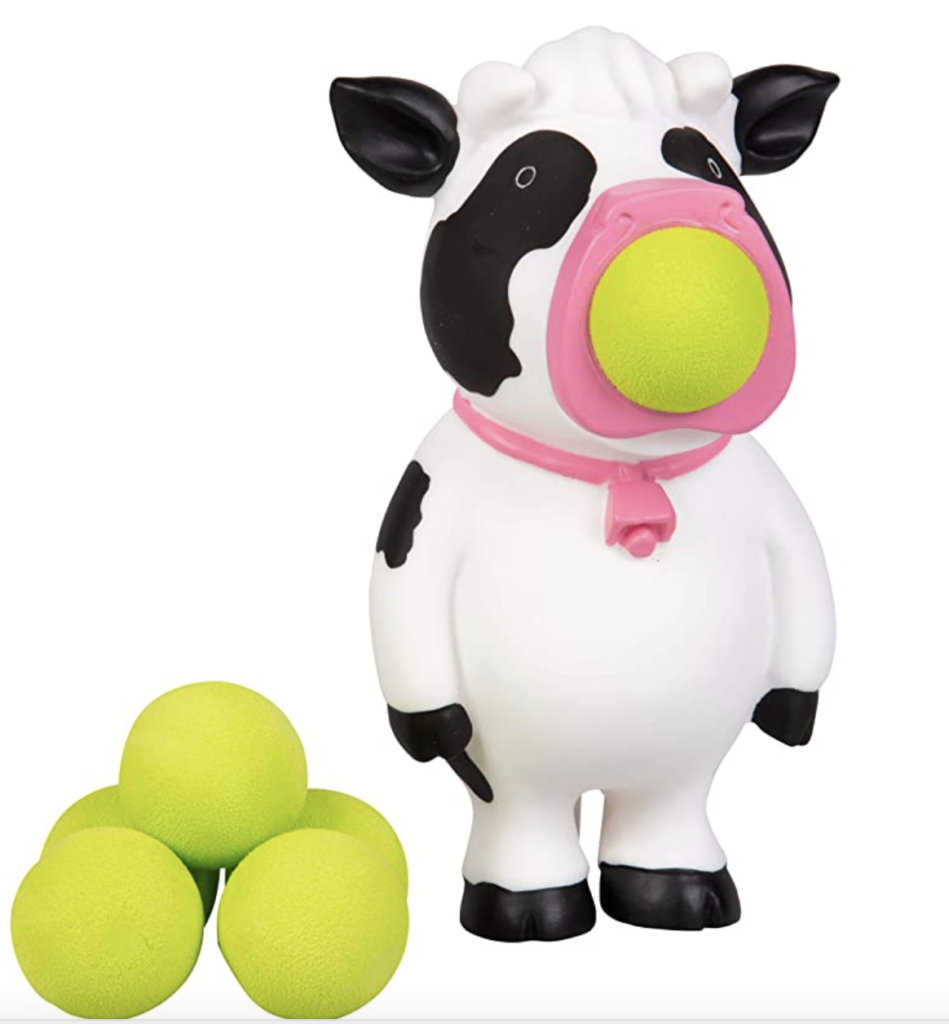
These come in a huge selection now. We have a cow and a penguin one that we use the most. But honestly, my kids love any of them that we pull out. The best part is the harder you squeeze the toy – the further the ball goes. So it’s really great for my students to work on their strength in their hands.
9. Light Up Spinning Windmill
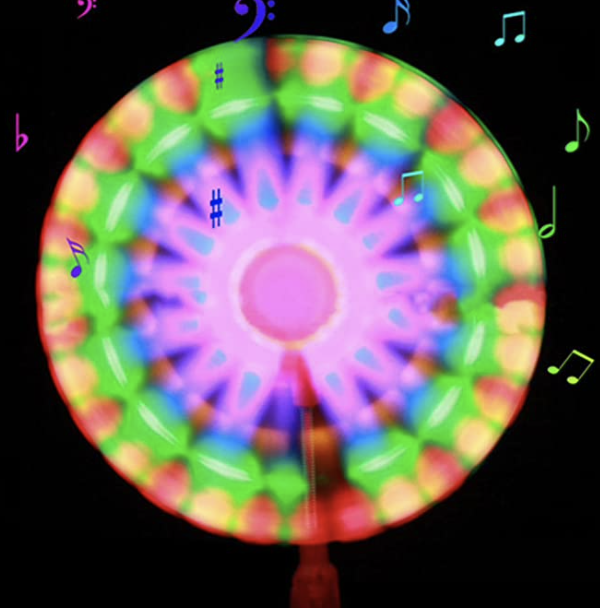
We also love these light up spinning windmills. Students just need to push the button and watch the windmill come to life, spinning around and lighting up.
10. Car Ramp Racer
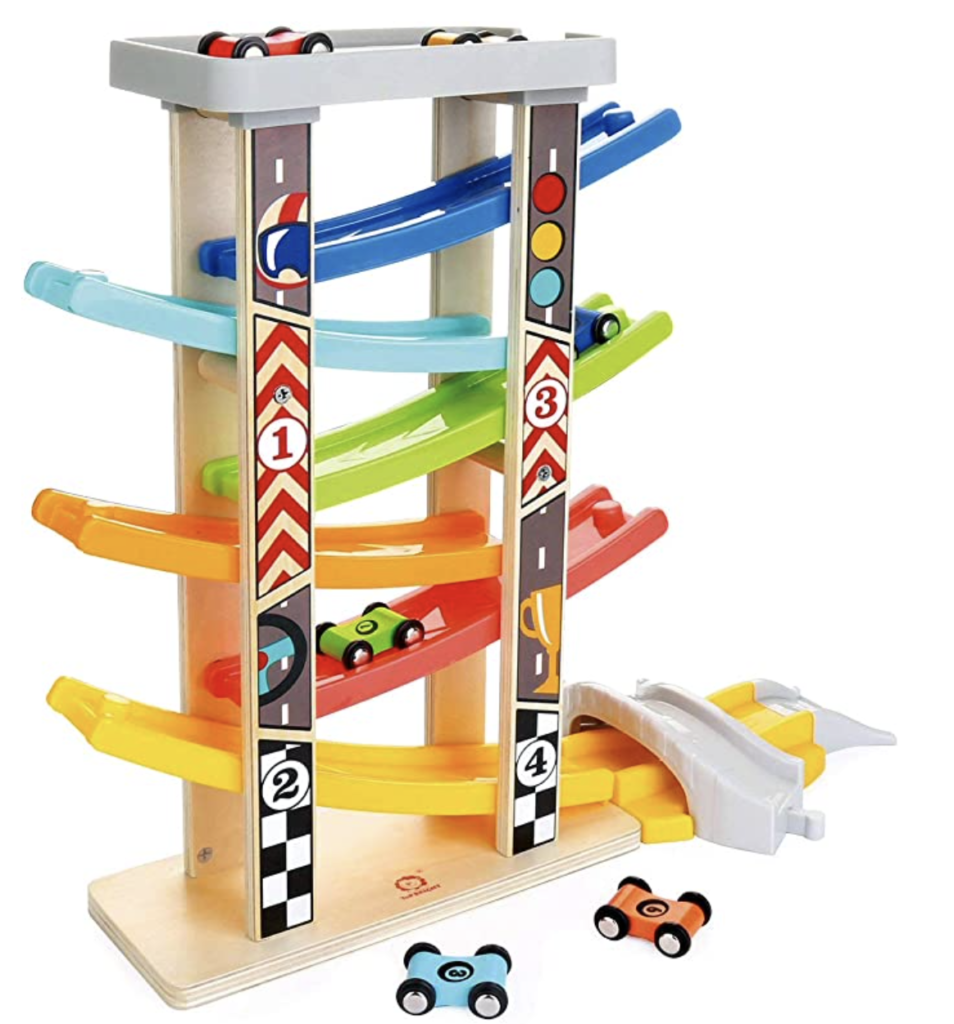
This car ramp racer is definitely one of our most popular cause and effect toys. Students need to push the car from the top to watch it work down all of the ramps.
Benefits of Cause and Effect Toys
Understanding the relationship between actions and their outcomes is a fundamental aspect of cognitive development. Cause and effect toys facilitate this learning process in several ways:
- 1. Cognitive Development: Cause and effect toys naturally encourage our students to think critically. They also help students to understand how their actions can influence their environment around them – like pushing a button to produce a sound.
- 2. Language Skills: When students engage with these toys they will enhance their language development. This can be by vocalizing their actions or reactions.
- 3. Social Interaction: Most cause and effect toys are designed for interactive play.. They will encourage our students to engage with others around them. This is great for working on social skills like turn-taking, sharing etc.
- 4. Sensory Exploration: Cause and effect toys often incorporate various textures, sounds and colors. This means they provide our students with rich sensory experiences.
Tips for Choosing the Right Cause and Effect Toys
Selecting the appropriate cause and effect toys can significantly impact our student’s learning experience. When you are trying to find the right toy for your students (or even your child at home) I would recommend taking the following into consideration;
- 1. Age Appropriateness: While I’m not overly concerned with age appropriateness, I do think it’s important for cause and effect toys. If a toy is going to be too advanced for your student then it may cause them frustration.. Or it might be that if they are too young for your student they won’t provide them with enough stimulation.
- 2. Sensory Preferences: Take into account your student’s sensory sensitivities. Some of your students may prefer toys that are quiet and just have lights.. Or you may have students who enjoy a louder toy.
- 3. Safety: I always recommend checking for small parts that could be a choking risk, especially if you have younger students. I’d also recommend checking how secure the battery area is.
- 4. Engagement Level: Take into account your student’s interests. Observe them and gain an idea of their interests to find out what toys will be the most engaging for them.
These are my top 10 favorite cause and effect toys that have been a hit with my students and helped them learn and grow in so many ways. Do you have a go-to cause and effect toy that your kids love? I’d love to hear your recommendations or stories about how these toys have made a difference in your classroom or home! Share your favorites in the comments below!
I hope you found this blog post helpful. If so, please consider sharing it with your friends and colleagues on social media.
Nikki
P.S. Have you signed up for a 3 day free trial of our VIP membership yet? If not, click here to do it now and go and get access to a huge range of resources, templates, crafts and more for free.
